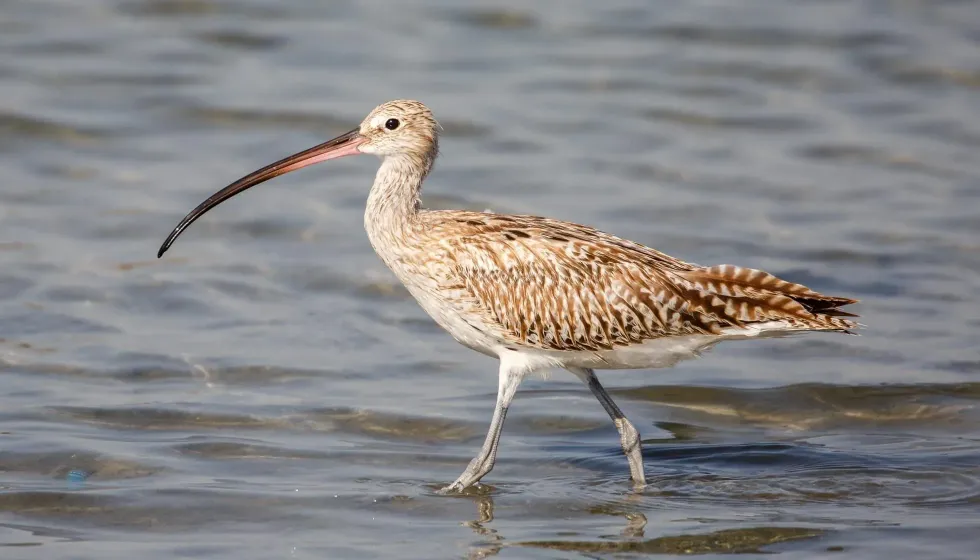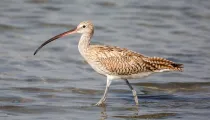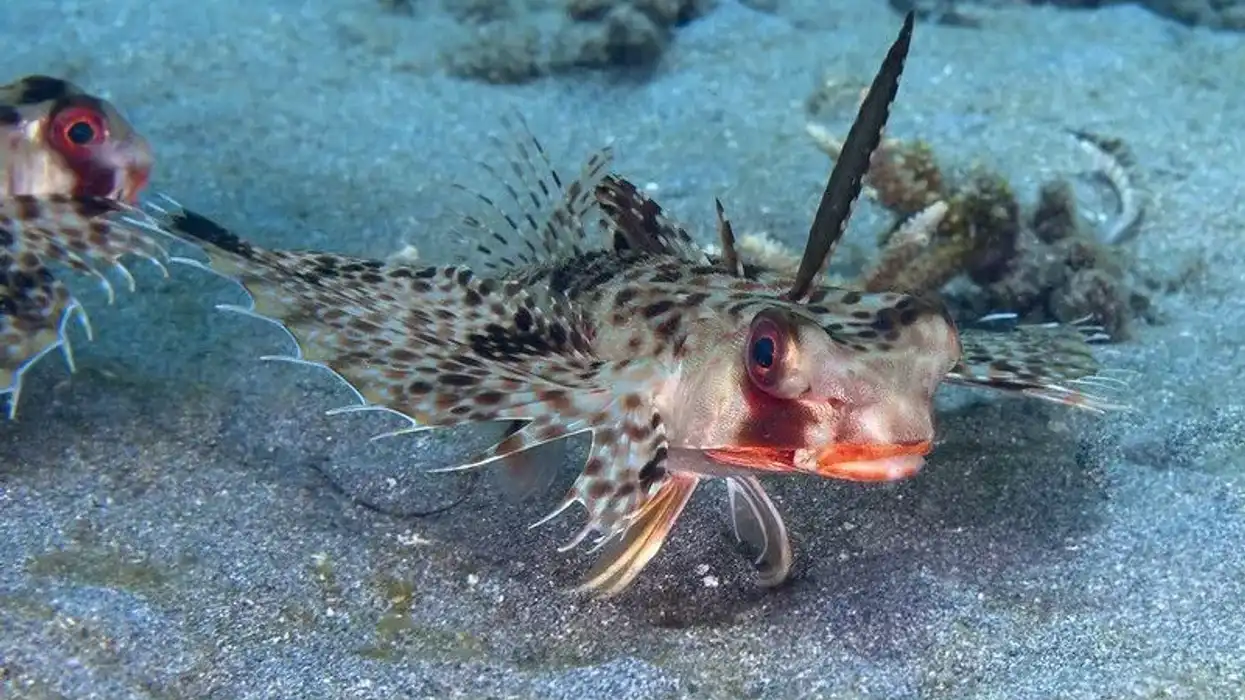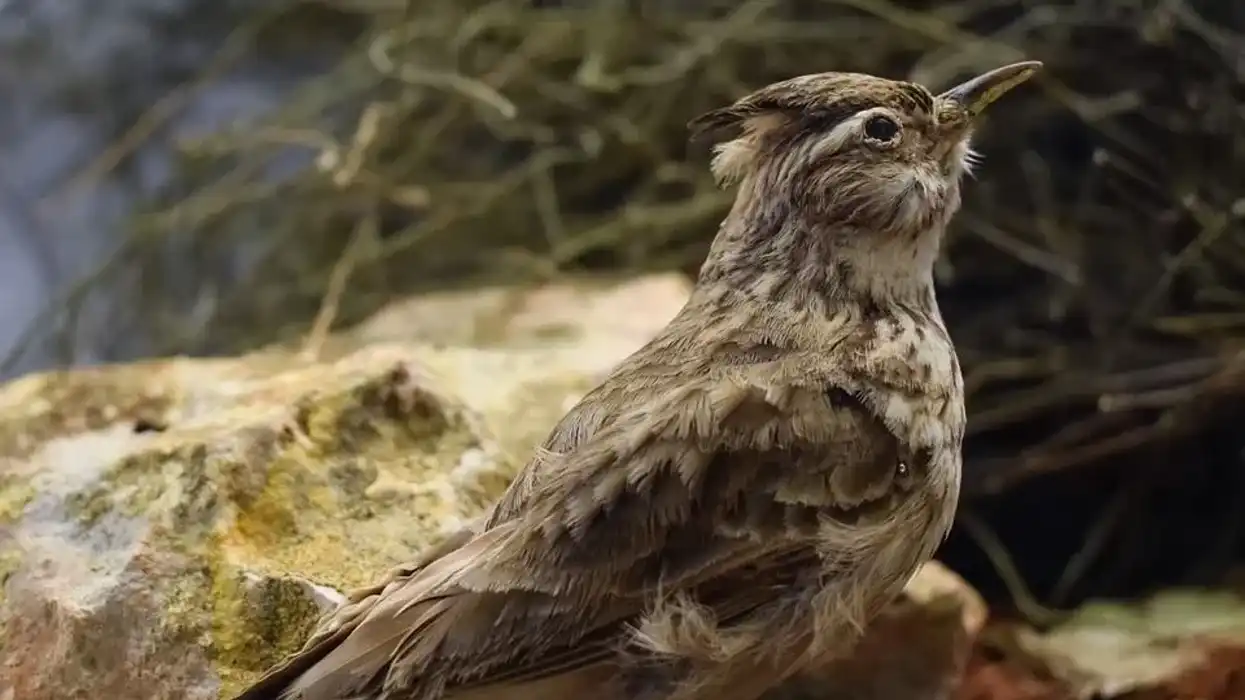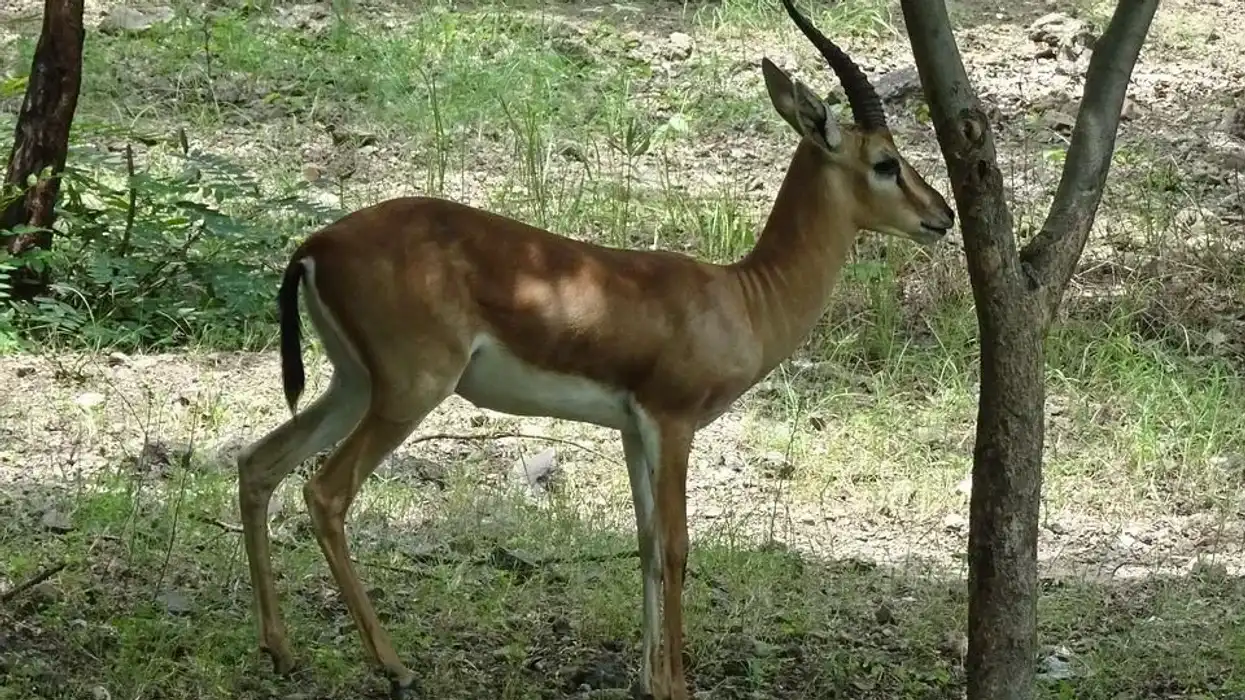A species of the Chordata phylum, Charadriiformes order, and family Scolopacidae; the Far Eastern Curlew bird, which is also referred to as Far Eastern Curlew, is the world's largest shorebird.
The first reference to a Far Eastern Curlew can be seen in 'Ornithologie' by a French zoologist Mathurin Jacques Brisson in 1760. Good plumage, large size, and rich brown color of the feathers are features of the largest curlew in the world.
One of the interesting facts about this bird is that females have longer bills than males.
Because of their long legs and bill, they are very efficient in catching insects or small prawns and fish in shallow water. Their population is dominant in Australia and is also known as Australian or Sea Curlew.
They migrate to other countries in the global south region during their non-breeding period and stay in the global north for their breeding periods.
But the Eastern Curlew's endangered status is increasing day by day. Beginning life in Russia, Eastern Curlews can be easily distinguished from other similar-looking shorebirds by their distinctive long legs and neck with a quite noticeable and extremely long curved bill ranging from 5-7 in (12-20 cm).
An Eastern Curlew can often get confused for a Eurasian Curlew in terms of appearance, but Eurasian Curlews have longer bills and legs.
Got an interest in birds and want to know about more of them? Here you can know some amazing facts about Chalk-browed Mockingbird and the Black Hawk-Eagle.
Eastern Curlew Interesting Facts
What type of animal is an Eastern Curlew?
Eastern Curlews have major domination of dark color, basically brown. They are migratory birds and are the world's largest Sandpiper (a huge family of shorebirds or waders). Having large dark brown plain feathers, this migratory bird migrates to Australia (around 65-70%) on its east coast and north in August.
What class of animal does an Eastern Curlew belong to?
The Eastern Curlew has the scientific name of Numenius madagascariensis. A taxonomic species within the Genus numenius and Class Aves, Far Eastern Curlews belong to the kingdom Animalia.
How many Eastern Curlews are there in the world?
The population of Far Eastern Curlews is continuously deteriorating. There are currently approx. 25,000 Far Eastern Curlews in the world.
Where does an Eastern Curlew live?
The Eastern Curlew's habitat consists of regions of wetlands and mudflats. Eastern Curlew breeding countries are basically northeastern Asia like Russia, Thailand, China, Malaysia, North Korea, South Korea, Vietnam, and Japan. For their non-breeding time, these species move to the north and south Australia, the Philippines, and Indonesia.
What is an Eastern Curlew's habitat?
The Eastern Curlew's (Numenius madagascariensis) typical habitat are regions that are around the coastal areas as they are shorebirds. Swampy forests, mudflats, lagoons, bays, harbors, and estuaries, on the banks of small lakes and mangroves.
Who do Eastern Curlew live with?
These birds prefer to live in groups. Small colonies of four to five pairs can be seen in their natural habitat or environment.
How long does an Eastern Curlew live?
On average, the Far Eastern Curlew tends to live a life period of 20 years. But is decreasing now as this long-billed curlew species is facing many threats to their natural habitat.
How do they reproduce?
Their breeding period is between May-June and they construct their nests in swampy or marshy areas around the small lakes. Their nests are like depressions in the marshy areas which get protected by the dry grass.
These species often prefer a location where they can have good availability of food for the babies. Both male and female birds give incubation to the eggs and their chicks start feeding themselves at a very early stage after hatching.
What is their conservation status?
According to the IUCN (International Union for Conservation of Nature), this largest curlew of the world (Eastern Curlew, Numenius madagascariensis) is Endangered and is facing numerous threats like habitat loss, human intervention, construction, and pollution.
Eastern Curlew Fun Facts
What do Eastern Curlews look like?
The bird is 98% brown and has a thick feather cover and long limbs (neck and legs). Apart from these body features, they have a plus point of their long bill as a predator which gives them ease in catching their food.
This bird has a little dominant whitish color on its body on the chin and the throat area. At times, their chicks can show a paler color and have shorter bills as well.
How cute are they?
The appearance of the Eastern Curlew (Numenius madagascariensis) can be called cute as they are not so small and not too large to handle. But you should beware of the long bill!
How do they communicate?
Like other birds, a shorebird also communicates by calling the names of their group members living in the colony. Apart from that, because of their impressive plumage, they also communicate through visuals which can be either on the ground or in the air.
How big is an Eastern Curlew?
The Far Eastern Curlew is the largest bird (shore) with a longer bill than other shorebirds. They are three to four times larger than the lookalike species of whimbrel birds.
How fast can an Eastern Curlew fly?
They can fly very fast as they migrate every year. The Eastern Curlew's size of wings is moderately large and they are often referred to as an 'aerodynamic wonder' because they travel a distance of an average of 18,642 mi (30,000 km) every year.
How much does an Eastern Curlew weigh?
The Eastern Curlew (Numenius madagascariensis) weighs around 2-2.5 lb (900-1,150 g) and is the largest sandpiper too.
What are the male and female names of the species?
There are no specific names given to the male and females of the species.
What would you call a baby Eastern Curlew?
The baby of this bird is called a chick like the other species of the Numenius genus.
What do they eat?
The diet of the Far Eastern Curlew Numenius is usually seafood, insects, and other vertebrates. They mainly eat small crabs, shrimps, prawns, and mollusks.
Are they dangerous?
They do not show anger. These birds are nocturnal, so they sometimes act surprised and get stunned by some other bird's sight.
Would they make a good pet?
People must not take them as a pet as their population is continuously decreasing and requires appropriate conservation steps for the Eastern Curlew population control.
Did you know...
The call of these birds is called a 'cuuuuurlew' sound. This is how it got its name.
They are important for the environment or the habitat they live in as they maintain the necessary coastal waters and estuaries. They are important for the ecological balance in the water.
Why are Eastern Curlews endangered?
The Far Eastern Curlew's (Numenius madagascariensis) endangered population is because of many anthropogenic threats to their natural habitat. Their population has decreased by more than 75% in the past 28-30 years.
The coastal development has resulted in the major habitat loss of these birds. Increasing tourist and transport facilities around the coast have deteriorated the natural environment of these long-bill birds. Mining, fishing, aquaculture, water pollution through factories, and fertilizers are the main reasons for these Eastern Curlews (Numenius madagascariensis) being endangered number in the world.
The Eastern Curlew's migration
The Eastern Curlew migration map covers a very large distance from both global north and south. Their migration starts from Russia and some parts of China where they mostly breed. From there, these birds prefer a short flight to Japan, then Thailand, Malaysia, and South Korea. Then they reach their non-breeding grounds of Australia and the Philippines.
Here at Kidadl, we have carefully created lots of interesting family-friendly animal facts for everyone to discover! For more relatable content, check out these Long-tailed Sibia facts or Anna's hummingbird facts pages.
You can even occupy yourself at home by coloring in one of our free printable Eastern Curlew coloring pages.


